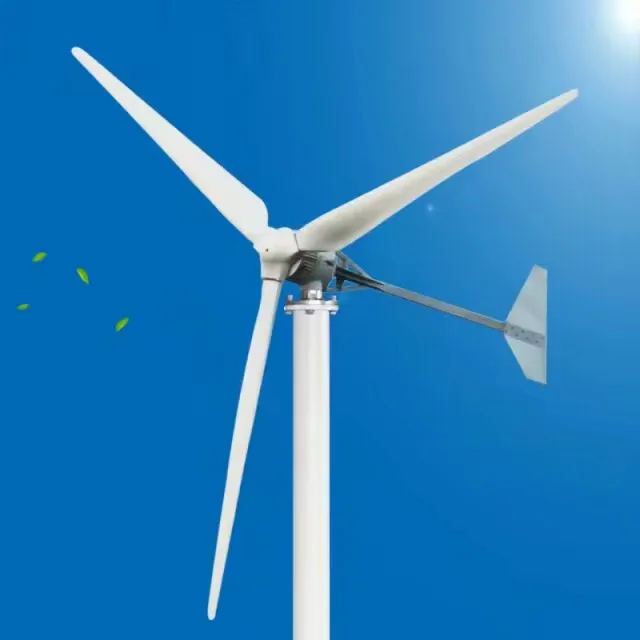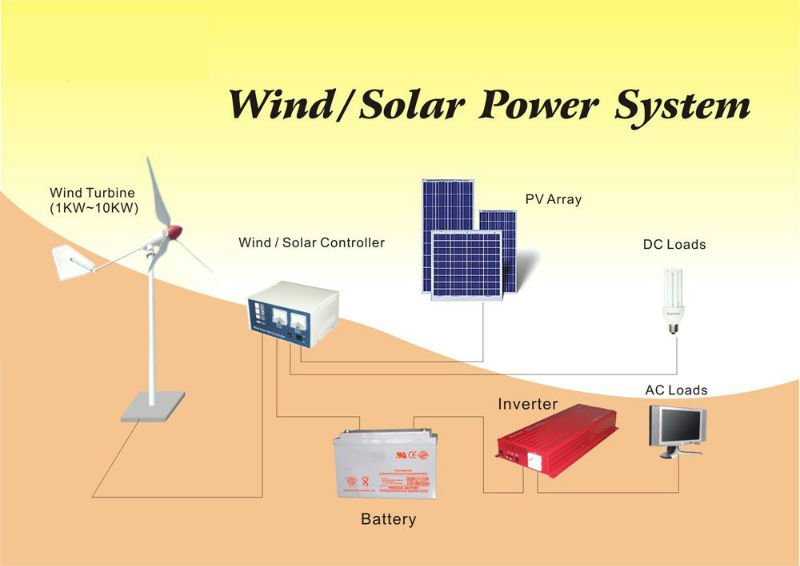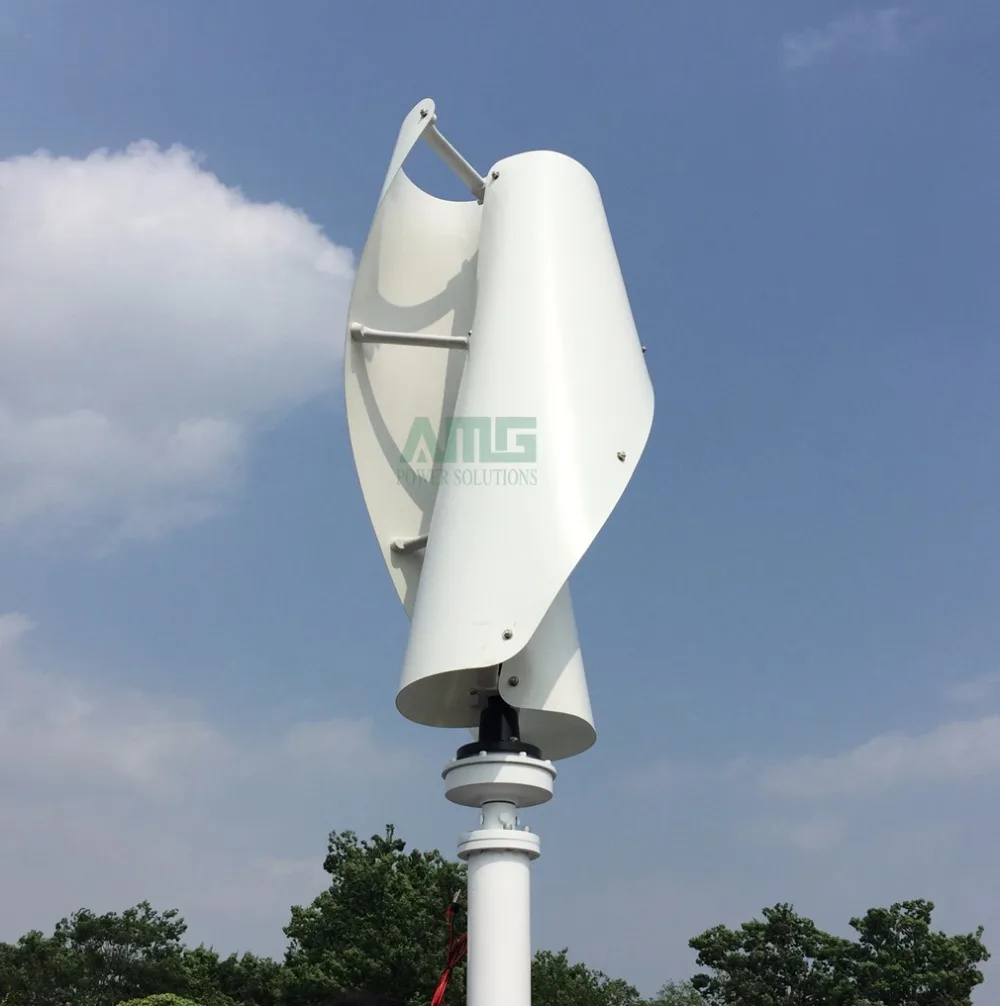
We find that the adoption of available open-source wind turbine designs by technology users depends on a number of factors that are currently underemphasized in discussions on the potential of OSH. Through a systematic review of the case-specific literature, we identify and analyse 60 documents, including case studies, construction manuals, market analyses, and technical assessments. Given our limited understanding of this topic, we present an in-depth study of small wind turbines based on open designs. In this paper, we focus on the limited uptake of OSH and study factors that help explain its adoption by users who replicate available open-source designs. While some expect such open-source hardware (OSH) to lead to transformational changes in the ways technologies are produced, the available empirical evidence suggests that, to date, the diffusion of most OSH applications has been modest.

COMPLETE HOME WIND TURBINE SYSTEM SOFTWARE
The successes of open-source software raise the question of whether technological hardware that has been developed based on an open and collaborative mode of innovation can achieve similar levels of diffusion. Therefore, the turbine's performance is reduced due to the development of an overlap jet as it travels parallel to the straight edges of the blade profile and does not impact the rear side of the returning blade profile. The new overlapping jet developed between the two straight edges of the advancing and returning blade profiles as the overlap ratio varies from 0.05 to 0.3. The blade profiles' flow field was visualized at different angular positions, and various significant zones developed during the turbine blade rotation were captured and analyzed. The findings show that the coefficient of torque and power for the novel V-shaped turbine blade is maximum for the zero-overlap ratio compared to the turbine blade, with an overlap ratio ranging from 0.05 to 0.3. The performance parameters were computed with respect to the tip speed ratio. In the present paper, three-dimensional numerical simulations were carried out to examine the influence of the overlap ratio between the two straight edges on the advancing and returning blades of the novel V-shaped rotor blade profiles using the sliding mesh technique. The velocity magnitude contours, total pressure and turbulence intensity contours are generated to analyse the effect of the optimal design approach. Further, at OR = 0.154, the CP is found to be maximum. The present study demonstrates the superior performance of the optimum blade profile showing CPmax that is 23% higher than the conventional semicircular blade profile at TSR = 0.8.

The optimum blade profile is compared to a conventional semicircular blade profile over a wide range of tip speed ratio (TSR). The finite volume method (FVM) is used as a solver setup to solve the transient 2D flow around the rotor blade. The rotor performance analysis is carried out by ANSYS Fluent using the shear-stress transport (SST) k-ω turbulence model. In all the iterations, the blade profile is meshed by using ANSYS ICEM CFD platform. Two end points are retained fixed, while x and y of the third point is taken as a variable in addition to OR in the simplex search process throughout its iteration using the MATLAB platform.

The blade profile is symmetric about the x-axis, where half of the blade geometry is formed by a natural cubic spline curve using three points. This is done by coupling computational fluid dynamics (CFD) simulation to the rotor blade profile developed through the simplex search method. In this paper, an optimum blade profile is obtained by maximizing the power coefficient (CP) considering the overlap ratio (OR) as an optimization parameter.

However, its lower performance remains a major problem due to high unproductive torque produced by the returning blade. The application of Savonius wind rotor is increasing worldwide to provide electricity without contributing to global warming and promoting the small-scale power production.


 0 kommentar(er)
0 kommentar(er)
